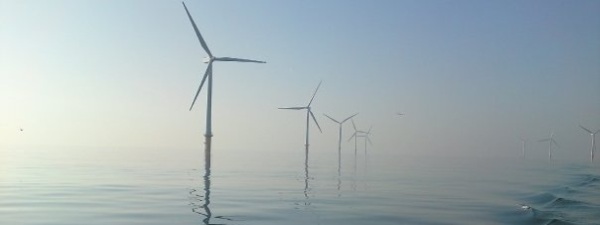Siemens, the largest engineering company in Europe, covering everything from Energy and Healthcare to Industry and Infrastructure, has published a study that analyzes just how beneficial wind power technologies can be on the environment.

One of the key questions the company looked into is how long it takes a wind farm to generate the volume of energy that it consumes during its lifetime (that is, its manufacturing, installation, and ultimately, the disposal of its materials).
Or, just how “green” is this technology?
The study looked at two offshore wind farms, each comprising of 80 turbines, and two onshore wind farms, with 20 turbines each.
Diving in to the numbers, a wind farm with 80 turbines produces 53 million megawatt hours of electricity during its intended 25-year service life. It also emits seven grams of CO2 per kilowatt hour.
For comparison purposes, that much energy produced from fossil sources will impact the climate with an average of 865 grams of CO2 per kilowatt hour.
That breaks down to a wind farm saving a total of 45 million tons of CO2 during its 25-year service life.
Putting it into perspective — in order to save the environment from that level of impact, 1,286 square kilometers of forest would have to be planted to absorb the greenhouse gases.
When it comes to wind farms on land, this particular type of technology might not produce as much power as its offshore counterpart, but its better in terms of how long it takes to produce the volume of energy it consumes over its entire lifecycle, a measurement referred to as “amortization.”
If one were to assume an average wind speed of 8.5 meters per second, the amortization period is about five months.

This figure takes into account things like materials, production, construction, operation, maintenance, dismantling, and recycling.
For comparative purposes, the amortization period for offshore wind farms is about 10 months before the technology’s energy requirements is offset by its production.
To conclude, while wind farms can be viewed as “energy-intensive” to set up, operate, and dismantle, the technology is able to make up for this energy consumption in just a few months, out of a total expected service life of close to a quarter century.
Via Siemens
Advertisement
Learn more about Siemens AG





